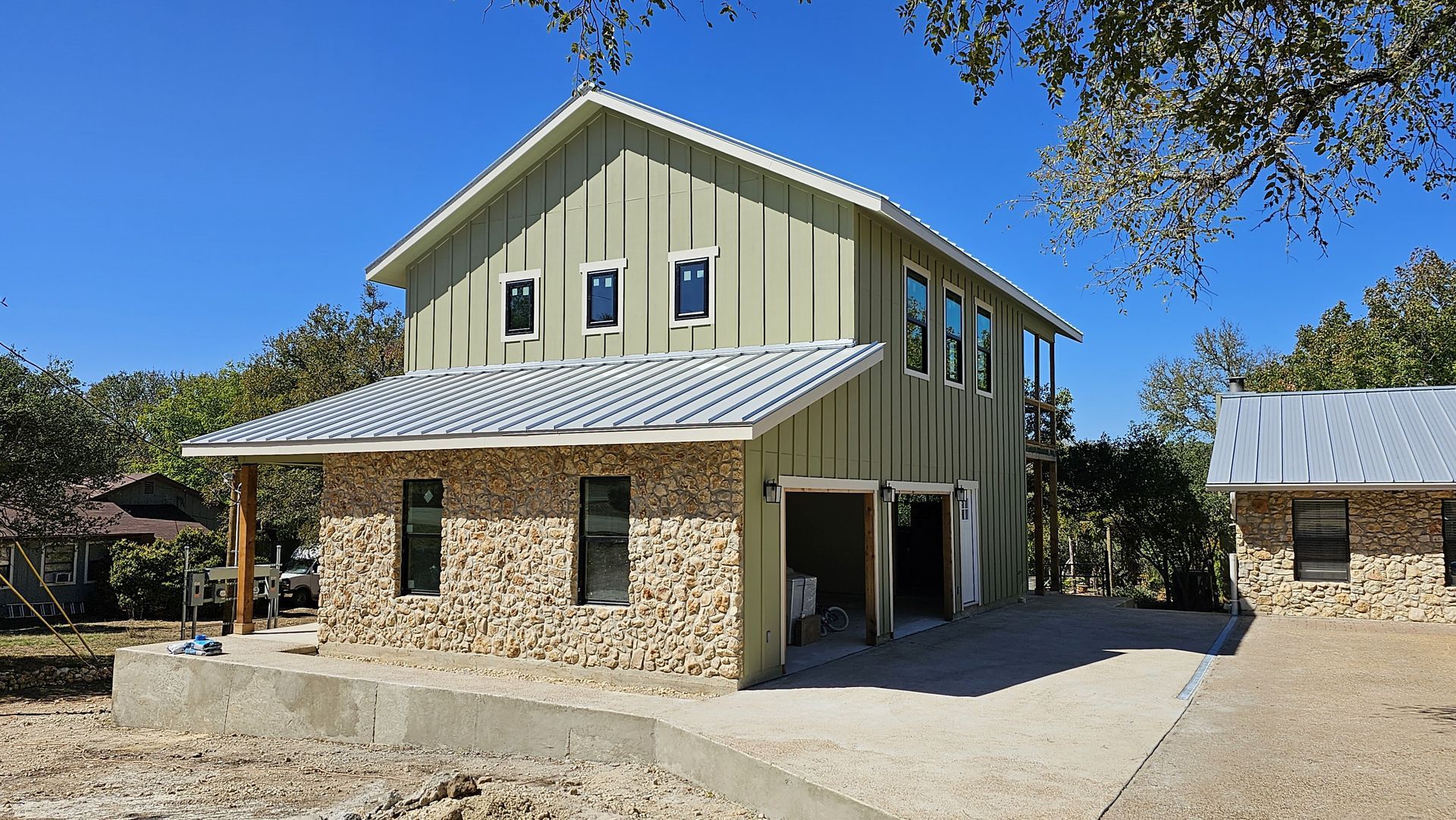Office Renovations for Enhanced Productivity
Designing Workspaces That Work Harder
In today's competitive business landscape, companies are constantly seeking ways to improve efficiency and boost employee output. While factors like technology and training play crucial roles, the physical work environment often gets overlooked. The truth is, a well-designed office space can have a profound impact on employee morale, engagement, and ultimately, productivity.
At Five Mile Construction, we've witnessed firsthand the transformative power of strategic office renovations. We believe that a modern, thoughtfully designed workspace isn't just a perk; it's a strategic investment that can yield significant returns. This blog post will explore how office renovations can create environments that inspire employees, foster collaboration, and drive productivity to new heights.
1. The Link Between Environment and Productivity
Numerous studies have demonstrated a direct correlation between the physical work environment and employee performance. A poorly designed office can lead to:
- Increased Stress and Fatigue: Inadequate lighting, poor ventilation, uncomfortable temperatures, and excessive noise can contribute to stress, fatigue, and decreased focus.
- Reduced Collaboration: Isolated workspaces and a lack of common areas can hinder communication and teamwork.
- Lower Morale: A dull, uninspiring office can negatively impact employee morale and motivation.
- Higher Absenteeism: Uncomfortable or unhealthy work environments can contribute to increased absenteeism and employee turnover.
Conversely, a well-designed office can:
- Boost Mood and Energy: Natural light, vibrant colors, and comfortable furnishings can create a more positive and energizing atmosphere.
- Enhance Focus and Concentration: Ergonomic workstations, noise-reducing elements, and designated quiet zones can help employees concentrate better.
- Promote Collaboration and Innovation: Open, flexible layouts with dedicated collaboration spaces encourage teamwork and the exchange of ideas.
- Improve Employee Well-being: Biophilic design elements, such as plants and natural materials, can reduce stress and promote a sense of well-being.
2. Key Design Elements for a Productive Office
So, what are the key design elements that contribute to a more productive office environment?
- Ergonomic Workstations: Investing in ergonomic chairs, adjustable desks, and proper monitor placement is crucial for employee comfort and health. Ergonomic workstations can reduce physical strain, prevent injuries, and improve posture, leading to increased focus and productivity.
- Natural Light and Biophilic Design: Maximize natural light whenever possible. Studies show that exposure to natural light improves mood, reduces eye strain, and boosts alertness. Incorporate biophilic design principles by bringing nature indoors with plants, natural materials, and nature-inspired artwork.
- Flexible and Adaptable Spaces: Create a variety of work settings to accommodate different tasks and work styles. This includes quiet zones for focused work, collaborative areas for team projects, and informal meeting spaces for spontaneous interactions.
- Technology Integration: Seamlessly integrate technology to support productivity and collaboration. This includes reliable Wi-Fi, video conferencing capabilities, interactive whiteboards, and user-friendly presentation systems.
- Noise Management: Address noise distractions with sound-absorbing materials, acoustic panels, and designated quiet zones. Consider white noise machines or sound masking systems to minimize disruptions.
- Color Psychology: Use color strategically to influence mood and behavior. Blues and greens can promote calmness and focus, while yellows and oranges can stimulate creativity and energy.
- Break Rooms and Relaxation Areas: Provide comfortable and inviting break rooms where employees can recharge and socialize. These spaces are essential for reducing stress and fostering a sense of community.
3. The Importance of Employee Input
When planning an office renovation, it's crucial to involve employees in the design process. After all, they are the ones who will be using the space daily.
- Surveys and Feedback: Conduct surveys and gather feedback from employees about their needs, preferences, and pain points in the current workspace.
- Focus Groups: Organize focus groups to discuss specific design elements and gather input on layout, furniture, and technology choices.
- Open Communication: Maintain open communication throughout the renovation process, keeping employees informed about progress and addressing any concerns.
4. The Role of a Skilled Contractor
Choosing the right contractor is essential for a successful office renovation. A skilled and experienced contractor like Five Mile Construction can:
- Provide Design Expertise: Offer valuable insights and recommendations on design elements that enhance productivity and align with your company culture.
- Manage the Project Efficiently: Develop a realistic timeline, manage the budget effectively, and coordinate all aspects of the renovation process.
- Ensure Quality Craftsmanship: Deliver high-quality workmanship that meets industry standards and building codes.
- Minimize Disruptions: Implement strategies to minimize disruptions to your business operations during the renovation.
Five Mile Construction: Building Productive Workspaces
At Five Mile Construction, we're passionate about creating office environments that empower businesses and their employees. We understand that a well-designed workspace is an investment in your company's future. We work closely with our clients to understand their unique needs, company culture, and productivity goals.
Our team of experienced designers and builders will guide you through every step of the renovation process, from initial concept to final completion. We're committed to delivering exceptional results that transform your office into a dynamic, engaging, and productive space.
Contact us today to discuss your office renovation project and discover how we can help you create a workspace that works harder for your business. Let's build an office that inspires your team and drives success!



